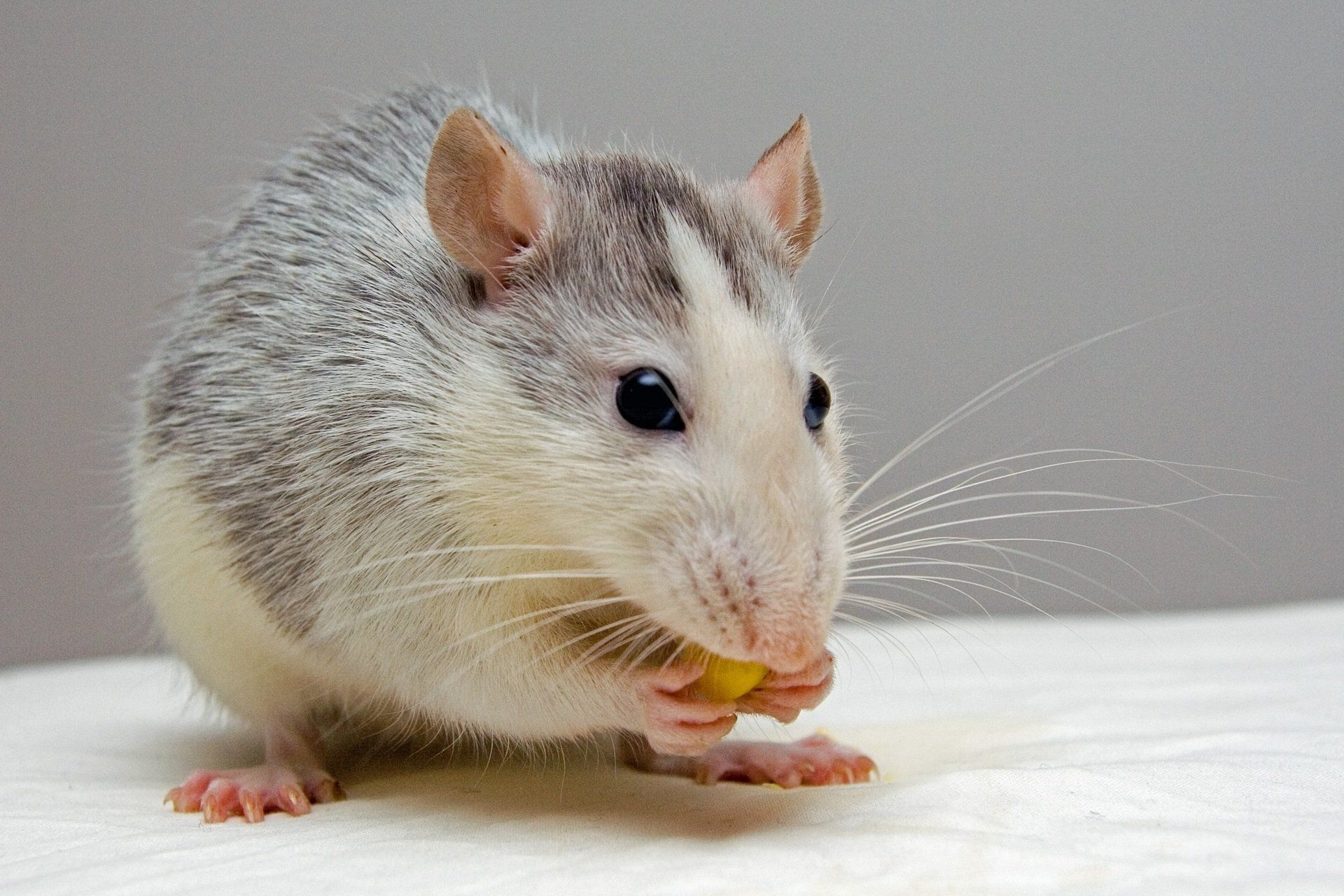Critter Repellent All Natural Animal Repellent Blog




With their sharp instincts and adaptability, rats have long been unwelcome guests in homes and businesses. Understanding these elusive rodents is vital to effectively managing and preventing infestations. From their species and diet to their lifecycle and prevention methods, we will break down everything you need to know about rats.
Before diving into how to prevent it, let’s learn the basics. Rats are a type of rodent commonly found to inhabit urban areas and are infamously adaptable, making them difficult to get rid of. The Norway rat (also known as Rattus norvegicus or brown rats) and the roof rat (Rattus rattus or black rats) are among the most common rat species. Norway rats are burrowers, often found in basements, sewers, and outdoor spaces. They are the largest pest rats and can grow between 13 and 18 inches long and weigh between 7 and 10 ounces. Roof rats weigh between 5 and 10 ounces and prefer elevated areas like attics and rooftops. Their tails are longer than their heads and bodies combined.
Rats are opportunistic feeders, consuming a wide range of foods, including grains, fruits, vegetables, and even meat. They are attracted to areas with accessible food sources, water, and shelter, making homes and businesses prime targets for infestation.
Rats also have a rapid reproductive rate. Female rats give birth to 3-6 litters of eight or more young each year. Young rats leave their mothers after 3-4 weeks and begin breeding when they are around 3-5 months old. The average rat lifespan is about one year. With such prolific breeding, populations can quickly spiral out of control if left unchecked.
So why are they so dangerous? Did you know rats spread more disease to humans than almost any other pest? That’s right - they are second only to mosquitos. Rat bites are also prevalent. In the U.S., there are over 15,000 reported rat bites each year. Rat bites should be taken seriously, as rats can carry potentially deadly diseases.
If you find yourself in the midst of a rat infestation, companies like Critter Repellent offer innovative solutions to help homeowners and business owners safeguard their properties. Critter Repellent provides products that use natural ingredients to create barriers that deter rats from entering yards and gardens. Other businesses like The Green Queen and Gro Green also specialize in in-person eco-friendly pest control services for homes and commercial buildings. They utilize safe and effective methods to eliminate rats and prevent future infestations and offer comprehensive lawn care services, including rodent control measures tailored to the unique needs of each property.
Frequently Asked Questions
Q. Why Do I Have Rats?
Rats are drawn to environments that offer food, water, and shelter. Common entry points include gaps in exterior walls, vents, and open doors or windows.
Q. How Do I Prevent Rats From Invading?
To prevent rat infestations, homeowners and business owners should:
By understanding the behavior and habits of rats, homeowners and business owners can take proactive steps to protect their properties from infestation. With diligence, proper sanitation, and the assistance of reputable pest control companies, rat problems can be effectively managed and prevented, ensuring a safe and healthy environment for all.



